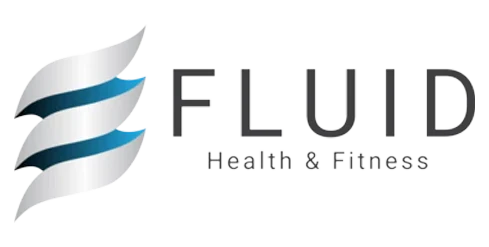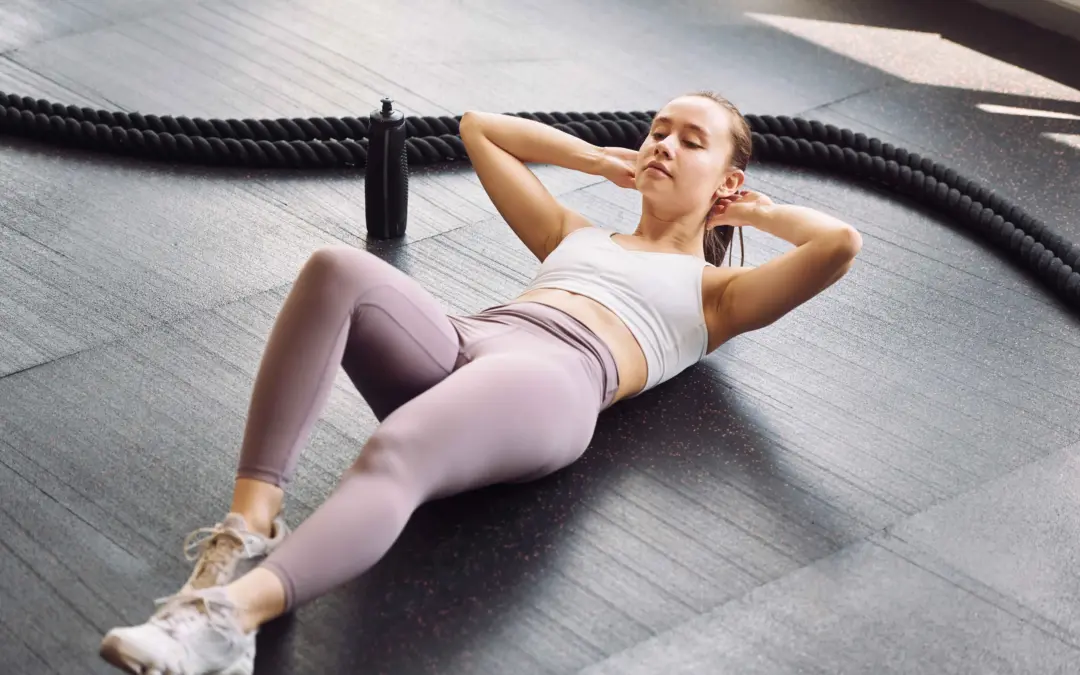
Breathing is more than just taking in oxygen; it’s a key player in movement and stability. The diaphragm, transverse abdominis, and pelvic floor muscles make up your inner unit, which stabilizes the core during dynamic movements. Proper breathing also reduces tension and improves posture.
Key Concepts:
- Diaphragmatic Breathing: Inhaling deeply so the diaphragm contracts and flattens, creating intra-abdominal pressure.
- Bracing: Engaging the core muscles to stabilize the spine during movement.
Breathing asymmetry—where one side of the diaphragm works harder than the other—can cause imbalances in posture and movement. Training your breathing mechanics can improve core stability, reduce pain, and enhance performance.
Practical Applications:
- Practice diaphragmatic breathing during exercises like deadlifts or planks to protect your spine.
- Incorporate Airofit trainers or similar devices to strengthen your respiratory muscles.
Test Your Comprehension:
- What muscles are part of the inner unit?
- How does breathing affect core stability?
- Why is bracing important during heavy lifting?
Scientific References:
- Chaitow, L., & Bradley, D. (2014). “The Pelvic Floor.”
- Hamill, J., & Knutzen, K. (2015). “Biomechanical Basis of Human Movement.”



